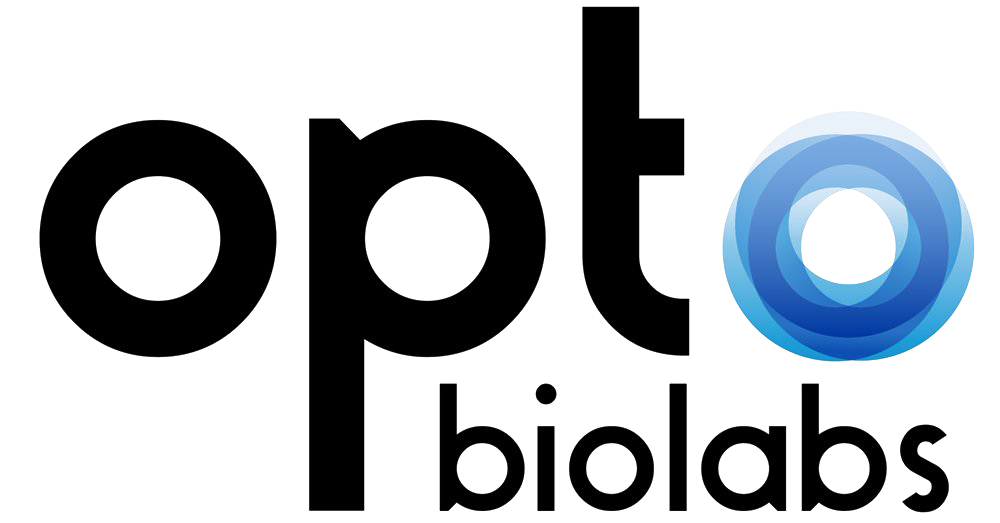Unleashing Effectors via Photo-uncaging
Another commonly used approach in photopharmacology is the photo-uncaging of small molecules or chemical compounds. Photostimulation of the caged compound leads to photolysis of the shielding cage molecule. The uncaged core compound then becomes biochemically active, binding to a downstream effector. Depending on the nature of the caged compound, the biological outcome after photostimulation can either be inhibitory or have an activating effect.
Apart from the use as prodrug, caged compounds such as commercially available caged neurotransmitters can be used to study action potential firing with high spatiotemporal precision. When combined with a reporter molecule such as a caged fluorophore, these small molecules allow the detection of biological activity at specific timepoints after application.
